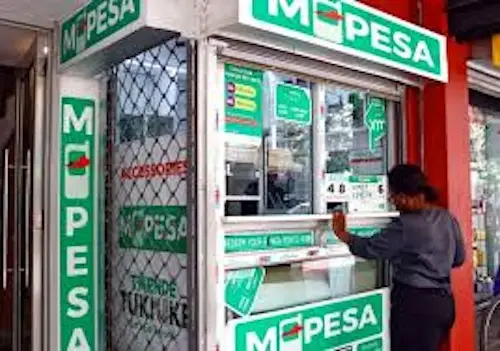No products in the cart.
- Home
- All Passive Income Methods
- Want to See How Much Other People Earned?
- Beginner’s Guide to Passive Income
- My Journey on Passive Income that 99% Population Don’t Hear About
- Litigation Financing – 30% ROI Anyone?
- IPO Under 90 Days!
- IPO Hopeful
- Unicorn Potential?
- An Enjoyable Hobby That Appreciates Too?
- Microlending in Africa
- How You Profit from Beyoncé and Bieber?
- Private Lending
- Tax Lien & Tax Deed in US
- You Can Still Get Bitcoin for $50K???
- A New Strategy with 40%–90% ROI in Year 1
- About Us
- Contact Us
Microlending 3 – Who Are the Borrowers?
Continuing from the last post, I mentioned that most of the borrowers in this lending model are street vendors.
Why do they become street vendors? Ruddy explained something interesting: the majority of their borrowers are business women who lead their household.
Numerous studies have shown that when women participate in economic activities, the chances of lifting a household out of poverty are significantly higher. When the women in a household begin to improve their financial situation, the entire family tends to make progress in both economic stability and education. This benefits not only the women themselves but also their families and communities. Plus, women tend to have lower default rates.
How do street vendors operate? It’s similar to any small business—they need to purchase goods and then sell them on the streets or in markets. Whether it’s selling bananas or providing motorcycle taxi services, these are common ways for locals to make a living. However, for impoverished individuals looking to start a small business, the biggest challenge is lacking startup capital. As mentioned earlier, banks are not accessible to these people. So, what can they do?
This leads us to Africa’s unique infrastructure. In terms of electronic payments, Africa is a prime example of leapfrogging. Due to a lack of large-scale traditional infrastructure, they skipped several intermediate stages and went straight to a mobile-first approach. Especially in terms of mobile payments and money transfers, their usage rates are even higher than in some developed countries—simply because they had no other choice. 😂

For people who can’t access banks, owning a mobile phone opens up a world of possibilities. In Kenya (and many other African and developing countries), countless microloan providers operate via mobile apps. All locals need is a mobile phone to apply for a small loan. Once approved, everything—from loan disbursement to interest payments and repayment—is handled entirely through the mobile platform.
Behind these microloan providers are some very familiar names: Microsoft, Visa, CreditEase (Yixin), and others. While providing loans, these companies are also continuously improving the local infrastructure. For example, Elon Musk’s Starlink reportedly has major plans for the region.
At the core of all this is M-Pesa, an electronic payment system that has become the backbone of financial transactions in about seven African countries. The major shareholders of M-Pesa include the Kenyan government and well-known telecom operators. This system essentially controls the entire electronic payment ecosystem in Africa. Even Alibaba collaborates with them, and it functions much like Alipay in China.
M-Pesa was launched by Safaricom and Vodafone in 2007, and as of now, around 54 million people use the system for various types of electronic payments, with an annual transaction volume of $365 billion.
The microloans offered through this electronic payment system are similar to Ant Financial’s microloans or Huabei from Alibaba in China.
For the countless borrowers, the entire process is completed via mobile phone. But how does the approval process work? What’s the basis for granting these loans? Once they receive the funds, do borrowers actually make money? Can they repay the loans? Till next time!
